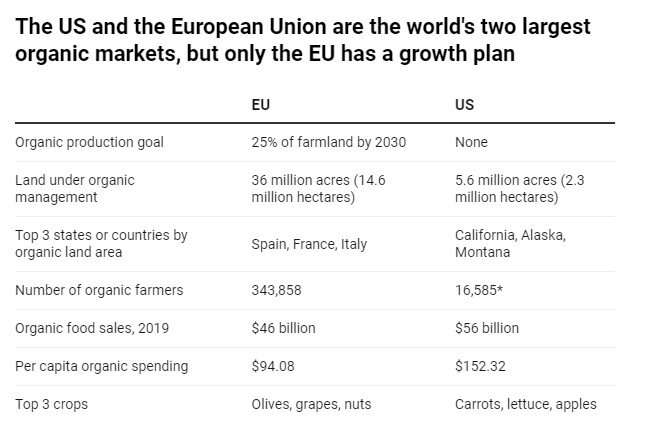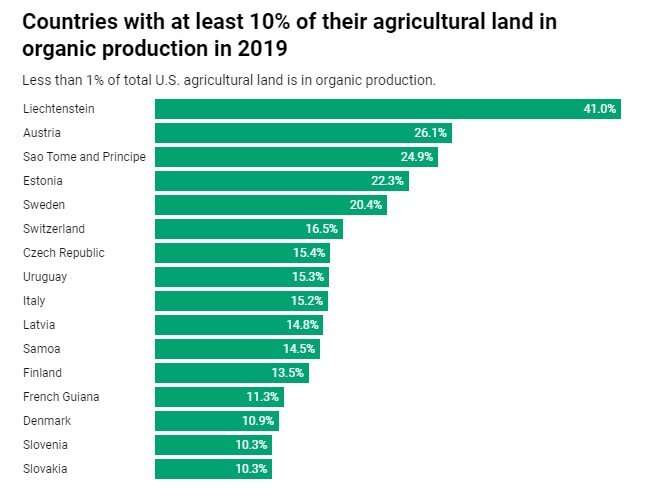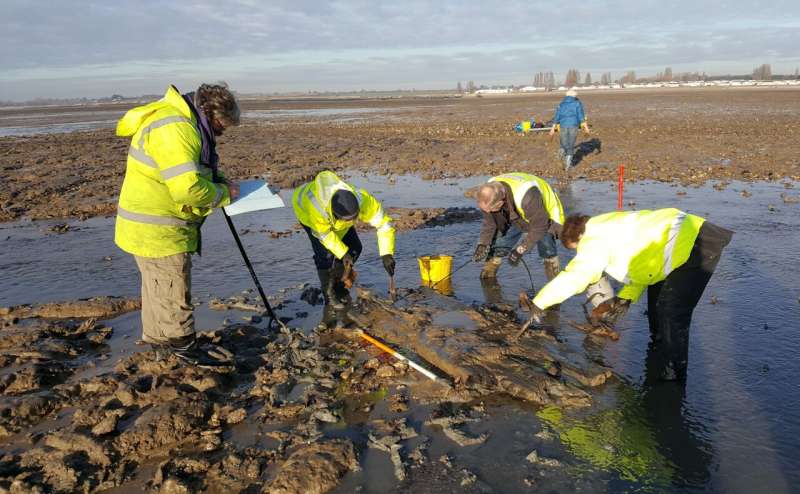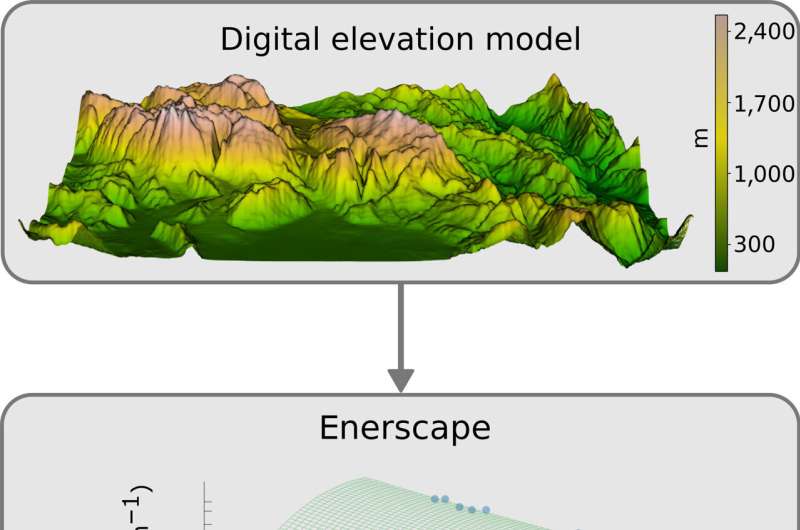Local collaborators of war journalists are even more vulnerable due to the pandemic

They are indispensable in journalism, but their work is often overlooked: fixers, the locally-based collaborators who assist foreign war correspondents with their work. Since the outbreak of covid-19, these local contact persons, who are already in a vulnerable position, have come under extra pressure. That is the conclusion of media scholar Johana Kotisova in a paper that she recently presented during the Future of Journalism conference.
From Ukraine to Afghanistan and the Gaza Strip: wherever foreign reporters are active in conflict zones, they are largely dependent on the help of fixers. These locally-based media workers provide help, for example, through interpreting or translating, arranging accommodation and transport, and making contact with possible sources. Their knowledge of the local culture and infrastructure are indispensable to foreign correspondents.
Nevertheless, their important work is often overlooked, argues Johana Kotisova, who is researching the position and emotional strain on fixers and stringers (local freelance journalists). "People have great admiration for war correspondents, but a lot less attention is paid to the locals who assist them, even though they are playing an increasingly important role in journalism."
Danger and shrinking budgets
In recent years, journalism in conflict zones has relied more and more heavily on local collaborators. As a result of shrinking budgets, media organizations have less and less money available to station correspondents abroad and moreover the security situation for journalists has deteriorated in many regions. In order to continue being able to report on conflict zones, foreign media are making increasing use of the services of local fixers and stringers.
"Large media companies outsource risky work to vulnerable local media workers, who are often underpaid," says Kotisova.
Because of the coronavirus crisis, the role of local collaborators has become even more important, argues Kotisova in her paper. "Due to travel restrictions, many foreign journalists were no longer able to travel to conflict zones themselves and they relied on the reports from their local contact persons. As a result of that, many fixers started reporting directly and became de facto journalists themselves." This has given them more autonomy in an editorial sense, says Kotisova. "Above all, however, the pandemic has worsened an existing problem: that large media companies outsource risky work to vulnerable local media workers, who are often underpaid and can count on receiving little protection."
Fixers cannot escape
Irrespective of the pandemic, many fixers and stringers are faced with threats and violence in their work, which sometimes even results in death. They are often, for example, blamed for inappropriate or insensitive behavior of the foreign correspondents with whom they collaborate, says Kotisova. 'And in contrast to their foreign colleagues, local media workers are not able to flee by taking an airplane to their home country, because they are already there. They cannot go anywhere. A harrowing example of this is the current situation in Afghanistan, where interpreters and fixers who collaborated with Dutch journalists are now stuck and fear for their lives.' The dangers which fixers and stringers are exposed to create great emotional and mental strain. Moreover, these media professionals are in a vulnerable position in an economic sense, because they work freelance and are not employed by a media company.
"Fixers cannot flee to their home country, because they are already there. A harrowing example is the current situation in Afghanistan, where interpreters and fixers fear for their lives," says Kotisova.
Due to outbreak of the coronavirus, fixers and stringers are even more heavily burdened than normal, concludes Kotisova. She interviewed, among others, fixers in Ukraine and Israel/Palsestine about the consequences of the pandemic for their work and wellbeing. Many of them indicated that they were saddled with a whole range of extra duties, because they had to take over the journalistic work of foreign correspondents. That entailed additional pressure and risks. In addition, the isolation that arose from the pandemic, in combination with the already uncertain freelance existence, resulted in additional vulnerability among this group.
Insurance schemes and psychological help
Kotisova's research also reveals that the coronavirus has accelerated changes to international news gathering. Many media companies and correspondents intend to continue collaborating with fixers and stringers in conflict zones even after the pandemic. The researcher points out that this should, however, go hand in hand with a better position for local collaborators: "Now that media companies have started collaborating even closer with fixers and stringers, it is also their ethical duty to take care of them, instead of just their "Western" employees. Examples include protection and support in terms of insurance schemes, training courses and psychological help."
About the research project
In her project "Fixers, Stringers, and Foreign Crews: The distribution of risks and emotions in crisis reporting," Kotisova investigates the collaboration, emotions, and power relations among reporters, producers, fixers, and stringers working for foreign media in Israel/Palestine and Ukraine. The research is based on in-depth interviews with fixers, local producers, stringers, and foreign reporters. Its goal is to increase our knowledge and raise awareness on media workers' precarity and emotional labor and to contribute to more ethical global journalism.Journalism scholar team finds early foreign correspondents often came from socially less advantaged groups
More information: Project Website: fixersandjournalists.humanities.uva.nl/
Provided by University of Amsterdam







